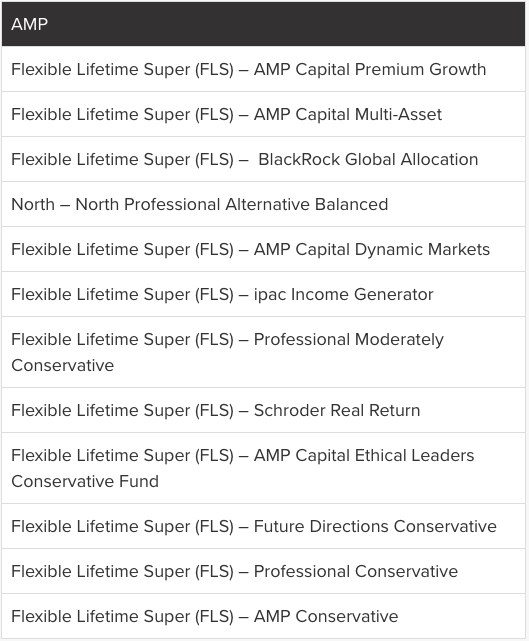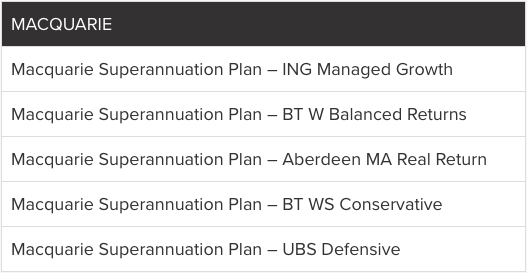Australians in these super funds $200,000 worse off

If you’re a member of UniSuper, IOOF or Australian Super, you are laughing, according to Stockspot’s latest Fat Cat Funds report.
The report analyses 600 multi-asset investment options offered by Australia’s largest 100 superannuation funds, and names and shames the worst performers based on performance after fees over five years.
A Fat Cat fund is the bottom fund of its category across five years, while a Fit Cat fund is the top fund of its category over five years.
Fat Cat funds aren’t just bad on paper. According to Stockspot founder Chris Brycki, Australians can be around $200,000 worse off if they’re in a fund charging 2 per cent in fees, compared to a fund charging less than 1 per cent.
This year, the best performers were UniSuper, which has seven Fit Cat funds; IOOF, with five Fit Cat funds; and Australian Super, with four Fit Cat funds.
Each investment strategy (aggressive, growth, balanced and moderate) has a different set of Fit and Fat Cat funds, and you can take a look at the lists here.
For the sixth year in a row, AMP is in the top three worst funds, along with OnePath (11 Fat Cat funds) and Macquarie (five Fat Cat funds). AMP took the cake with 12 of its funds receiving Fat Cat awards.
If your super is with any of the following AMP funds, Stockspot urges you to consider moving your nest egg to a different fund:

OnePath was the second-worst performer, with 11 Fat Cat funds:

Here are Macquarie’s five Fat Cat funds:

Industry vs retail super funds
The debate between industry and retail super funds has raged on for years, but Stockspot’s report found industry and public sector funds have performed better this year.
According to the report, that’s largely due to lower fees and a higher allocation to unlisted assets.
“Large retail funds from AMP and OnePath dominated the Fat Cat Funds with all bottom 10 funds being a retail fund,” the report stated. “The common theme is these funds charge higher than average fees.”
AMP made history by being the first Fat Cat Fund to deliver a negative return over five years, with their AMP Capital Dynamic Markets option returning -10.5 per cent across that period.
Are you a millennial or Gen Z-er interested in joining a community where you can learn how to take control of your money? Join us at The Broke Millennials Club on Facebook!

